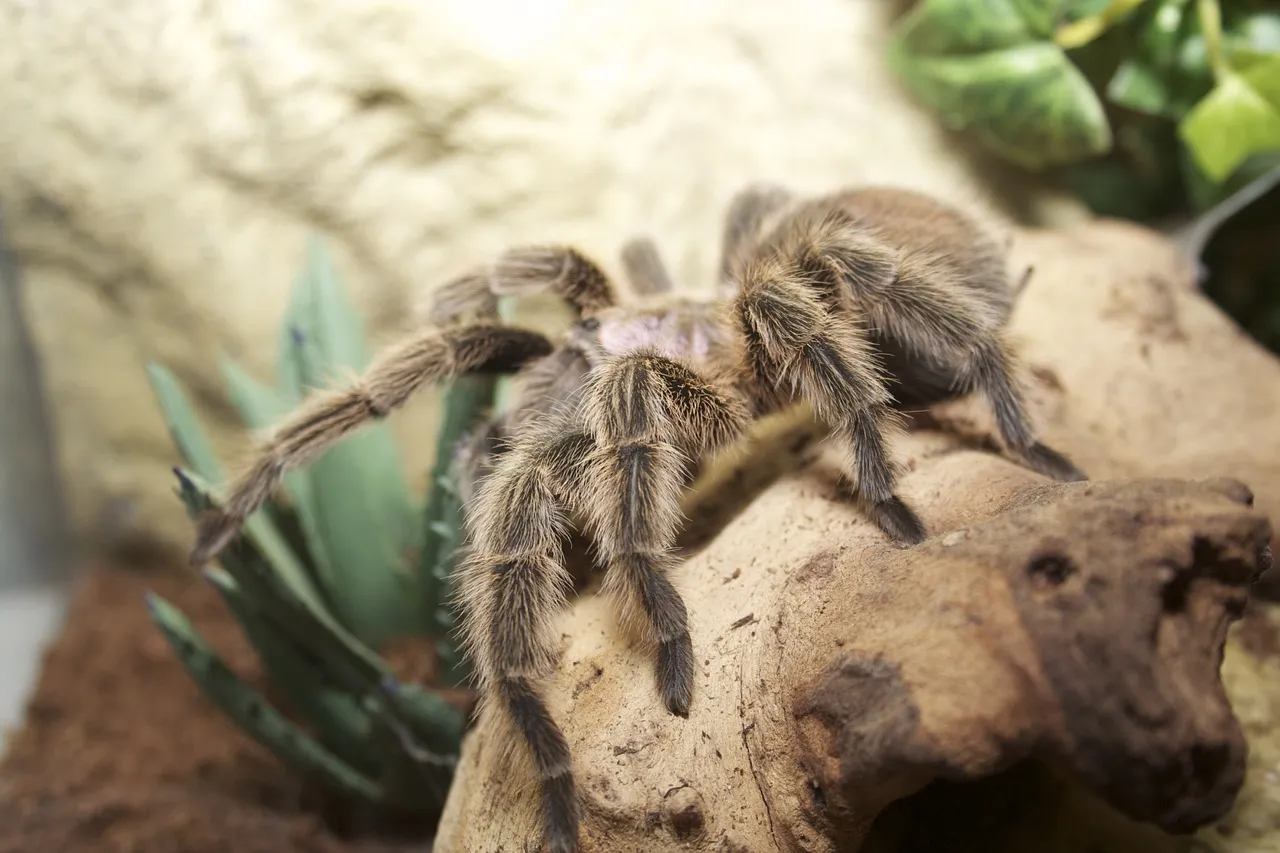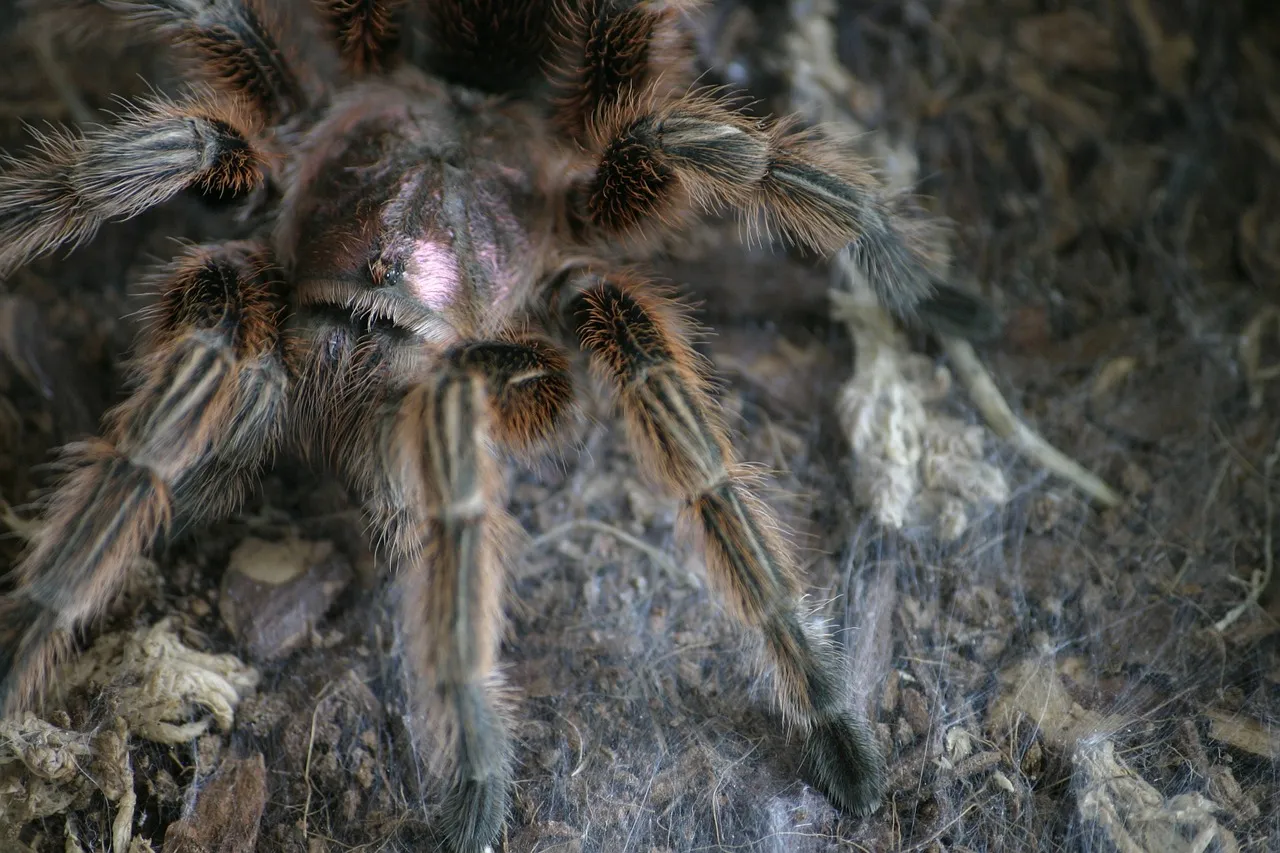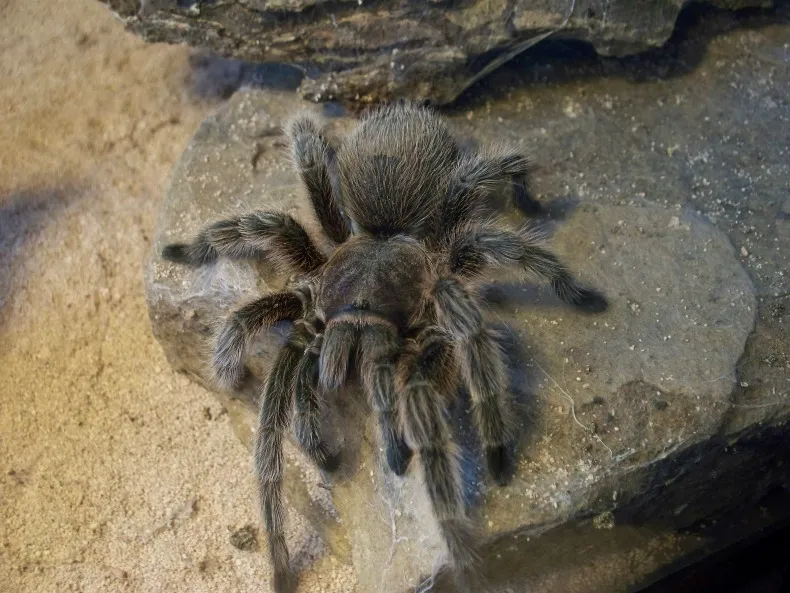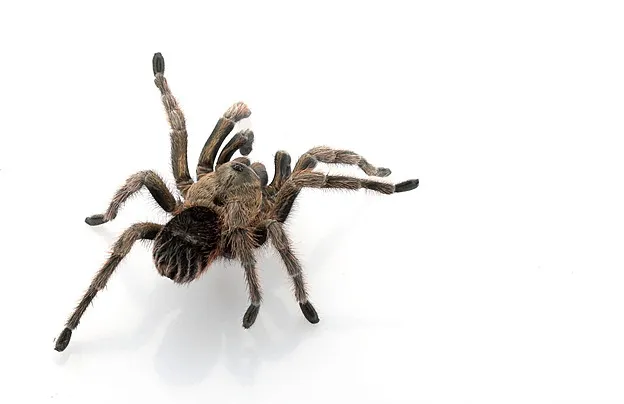What is a Chilean Rose Tarantula
The Chilean Rose Tarantula (Grammostola rosea), often simply called the Chilean rose, is a popular species of tarantula known for its docile temperament and beautiful appearance. Native to the arid and semi-arid regions of Chile, Bolivia, and Argentina, these spiders have become a favorite among tarantula enthusiasts worldwide. Their relatively easy care requirements and gentle nature make them an excellent choice for beginner tarantula owners. They are relatively large spiders, typically reaching a leg span of up to 5-6 inches. Their overall hardiness and adaptability to captive environments contribute to their widespread appeal. Understanding the basic characteristics of this species is key to appreciate their charm and proper care.
Origin and Habitat
Chilean Rose Tarantulas are naturally found in the dry grasslands and scrublands of Chile, Bolivia, and Argentina. They thrive in environments with low humidity and moderate temperatures, often burrowing underground to escape the heat and seek shelter. These tarantulas are well-adapted to arid conditions, and their natural habitat plays a crucial role in understanding their care needs in captivity. They typically live in burrows or under rocks, using their silk to line the walls of their shelters. Observing their natural environment provides insights into their behavior and informs the creation of suitable enclosures that mimic their native conditions. The ability to replicate these conditions is fundamental to their health and wellbeing.
Appearance and Characteristics

Chilean Rose Tarantulas are known for their striking appearance. They exhibit a range of colors, often featuring a rose-colored hue on their carapace (the top of their cephalothorax) and legs, hence the name. The abdomen is typically covered in brownish hairs. Their bodies are covered in urticating hairs, which the tarantula can flick off as a defense mechanism if threatened. These hairs are mildly irritating to human skin. Females are generally larger than males, with a more robust build. They have a life span of up to 20 years, making them a long-term pet commitment. This species is relatively calm, adding to their appeal as a pet. (See image: chilean-rose-tarantula-close-up)
Lifespan
One of the most appealing aspects of the Chilean Rose Tarantula is its impressive lifespan. Females can live for up to 20 years, while males typically have a shorter lifespan of 5-10 years. This significant difference underscores the importance of understanding their lifecycle when considering them as pets. The long lifespan means that owners should be prepared to provide care for many years. Providing a good habitat and proper care is the key to a long and healthy life for your Chilean Rose Tarantula. This makes them a long-term commitment, perfect for those who enjoy consistent caretaking responsibilities.
7 Amazing Facts about Chilean Rose Tarantulas
Fact 1 Their Colors

The Chilean Rose Tarantula is aptly named, due to the beautiful rose-colored hue that often adorns its carapace and legs. The coloration can vary depending on the individual and the conditions it lives in. Some tarantulas may exhibit more prominent rose tones, while others may have a more muted appearance. (See image: chilean-rose-tarantula-colors) These colors make them visually stunning, adding to their popularity among pet owners. This distinctive coloration is one of the first things that captures the attention of potential owners. The unique color combination contributes to the species’ aesthetic appeal.
Fact 2 Their Temperament
Chilean Rose Tarantulas are renowned for their docile temperament. They are generally not aggressive and rarely bite, unless provoked. This makes them a great choice for beginner tarantula keepers. Their gentle nature is a significant factor in their popularity as pets. They are generally more inclined to run and hide than to attack when feeling threatened. This makes them a relatively low-maintenance pet in terms of handling and interaction, compared to more aggressive species. Their temperament is a key reason for their enduring popularity.
Fact 3 Their Size
These tarantulas are relatively large, with a leg span that can reach up to 5-6 inches. Females tend to be larger than males. The size of these spiders is another factor that attracts many owners. Their substantial size is impressive and offers a fascinating look into the world of arachnids. Their size also makes them easier to observe and handle. The combination of size and a gentle disposition makes them a desirable pet. (See image: chilean-rose-tarantula-size)
Fact 4 Their Defense Mechanisms

While generally docile, Chilean Rose Tarantulas do possess defense mechanisms. They have urticating hairs on their abdomen that they can flick off if they feel threatened. These hairs are mildly irritating and can cause skin irritation if they come into contact with humans. They also might bite if provoked, although this is rare. However, they are more likely to try to escape. Understanding these defense mechanisms helps owners handle and interact with them safely. They may also raise their front legs as a warning. Their primary defense is to run and hide, and they are very good at it.
Fact 5 Their Diet
In the wild, Chilean Rose Tarantulas are opportunistic predators. They primarily feed on insects, such as crickets, mealworms, and other invertebrates. In captivity, their diet is easily replicated. A varied diet consisting of appropriately sized insects is essential for their health and well-being. They will also eat small amounts of fruit flies when they are young. Providing fresh, high-quality food is crucial. They are generally not picky eaters, which makes them relatively easy to care for. (See image: chilean-rose-tarantula-feeding)
Fact 6 Their Popularity as Pets
The Chilean Rose Tarantula is a popular pet choice due to its combination of docility, manageable care requirements, and attractive appearance. They are relatively easy to care for and are often recommended for beginners. Their calm temperament reduces the risk of being bitten, which makes them a less intimidating pet. They are also relatively inexpensive to purchase and maintain compared to other exotic pets. Their long lifespan also allows for a long-term relationship with the owner. Their consistent popularity contributes to their widespread availability.
Fact 7 Their Unique Molting Process

Chilean Rose Tarantulas, like all tarantulas, undergo a molting process to grow. During molting, they shed their exoskeleton, revealing a new, larger one underneath. The molting process is a fascinating aspect of their biology, but it can also be a vulnerable time for them. They typically flip onto their backs during this process. It is crucial to provide a stable environment and avoid disturbing them during this time. The frequency of molting decreases as they mature. Molting is essential for growth. (See image: chilean-rose-tarantula-molting)
Caring for Your Chilean Rose Tarantula
Enclosure Requirements
A proper enclosure is essential for the health and happiness of your Chilean Rose Tarantula. A 5-10 gallon terrarium is typically sufficient for an adult. Provide a substrate of about 3-4 inches of a mix of coco fiber, peat moss, or vermiculite to allow them to burrow. A hide, such as a piece of cork bark or a hollow log, provides a safe space. Maintain a temperature of 75-85°F (24-29°C) and a humidity level of 60-70%. A shallow water dish should always be available for drinking. Proper enclosure setup mimics their natural habitat and ensures their comfort and well-being. (See image: chilean-rose-tarantula-enclosure)
Feeding and Hydration

Feeding should occur once or twice a week for adults, depending on their appetite. Crickets, mealworms, and other insects that are appropriately sized are the main food source. Always remove any uneaten food after 24 hours to prevent mold and mites. Ensure a constant supply of fresh water in a shallow dish. Hydration is very important for the tarantula’s health. Monitor the water level regularly, and change the water to keep it clean and fresh. A well-hydrated tarantula is a healthy tarantula.
Handling and Interaction
Chilean Rose Tarantulas are generally safe to handle, but it is not always necessary. Handling should be done with caution, and only when necessary. Always approach them slowly and gently. Avoid sudden movements. It is best to handle them close to the ground. Wash your hands before and after handling. It’s best to let them crawl onto your hand rather than picking them up. Handling them too often can be stressful. Always supervise children when they are interacting with the tarantula. Handling them when they are about to molt should be avoided. (See image: chilean-rose-tarantula-handling)
Health and Common Issues
Like all pets, Chilean Rose Tarantulas can experience health issues. Common problems include mites, fungal infections, and injuries. Proper hygiene in their enclosure is essential to prevent health problems. Inspect your tarantula regularly for any signs of illness. If you notice any abnormalities, consult a veterinarian experienced in exotic animals. Preventative measures are key to their health. Monitoring the enclosure’s humidity and temperature levels is also important for their well-being. A healthy tarantula is a happy tarantula.
Conclusion

The Chilean Rose Tarantula is an amazing creature, prized by pet owners for its gentle temperament, beautiful appearance, and manageable care requirements. This guide has covered the essential facts about these fascinating spiders, from their origin and habitat to their care and potential health issues. With proper knowledge and care, you can provide a comfortable and enriching environment for your Chilean Rose Tarantula, allowing you to enjoy this amazing pet for many years. If you are considering getting one, you should familiarize yourself with their needs before adopting one.
